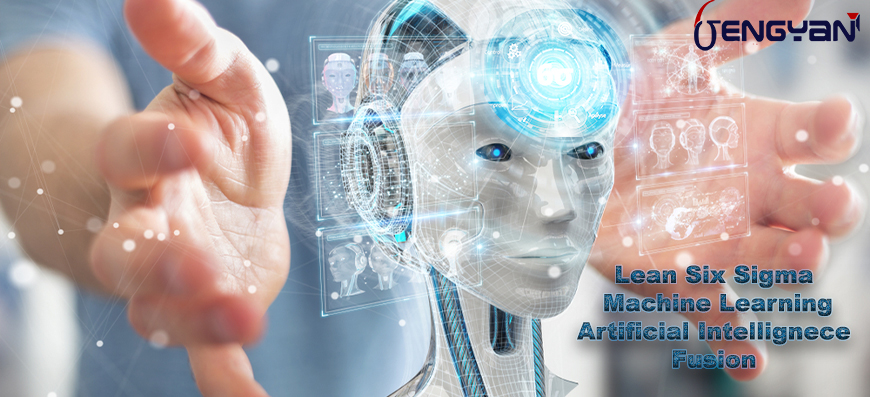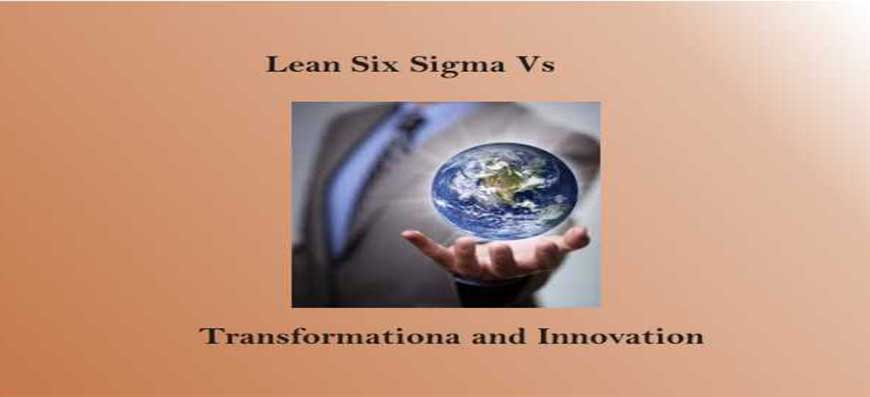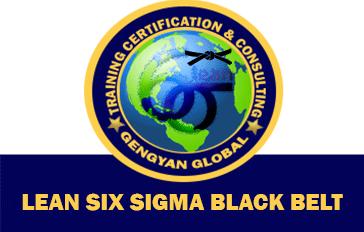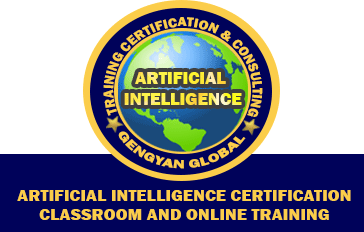Lean Six Sigma with Machine Learning and Artificial Intelligence

Can Lean Six Sigma Help, Aid Machine Learning & Artificial Intelligence?
Lean Six Sigma with Machine Learning and Artificial Intelligence
Human’s are one the most powerful species in this world. Human's process billions of bits of information in their brains. Human's are capable of learning multiple times better than any other species. Technology is the only platform that had advanced miles over the past decades and this can go way beyond our expectations. From a technology perspective, we can expect the unexpected and as human's we need up-skill on a consistent basis.
The further computer technology advances, we can expect more likely advances from AI and ML platforms as well. With the emerging technologies like Machine Learning, Artificial Intelligence hitting us; how can Lean Six Sigma help and aid technologies like ML and AI, let us understand this one after the other
Lean Six Sigma is an amalgamation of two concepts Lean and Six Sigma. Lean Six Sigma embraces two methodologies DMAIC and DMADV that focuses on identifying process gaps and improves the business processes to an entitlement and bench-marking levels. This ultimately impacts high levels of stakeholder satisfaction resulting in end customer, client satisfaction.
Machine Learning is an application of (AI) Artificial Intelligence which provides the systems, the ability to automatically understand, learn and improve from experience without being explicitly programmed. Machine Learning is focused on the development of programs which accesses data and uses it to learn for itself.
Artificial Intelligence (AI) makes it possible for machines to learn from experience, adjust to new inputs and perform human-like tasks. Most AI examples that you hear about today-from chess-playing computers to self-driving cars – rely heavily on deep learning and natural language processing. Using these technologies, computers can be trained to accomplish specific tasks by processing large amounts of data and recognizing patterns in the data.
How Can Lean Six Sigma Help, Aid Machine Learning and Artificial Intelligence?
Lean Six Sigma targets on Process Excellence by improving the business performance to client satisfaction. Lean Six Sigma reduces variations and other NVA activities that can be defined as the squared difference between the actual and prediction that Lean Six Sigma measures.
Lean Six Sigma uses a basic mode of Y=f(x) where Y identified the association of the input and output variables. With this simple model, Lean Six Sigma enables Black Belts and Master Black Belts to regulate on how the input and the output variables function.This basic concept drives towards the desired values.
Reduction in Variation is executed by reducing of errors, mistakes that directly impacts FPY (First Pass Yield) and/or FTR (First Time Right) which ultimately results in improving business performance and having an excellent performing platform that can transform the business know-how.
Lean Six Sigma strives to improve computer processes to deliver accurate data basis which the business decisions become crystal clear. Usage of variance models to make the most of your forecasts, you can achieve substantial business process improvement for (ML) machine learning and AI (artificial intelligence). Accurate, reliable and authentic data can help make (ML) machine learning and AI (artificial intelligence) more effective and efficient.
In GenGyan, we are committed to provide world-class business solutions and top notch Training solutions. We enable our candidates to have a hands on experience during the training and discover the solutions in the business processes they are involved.
You can contact or email us
support@gengyan.org
IN +91 9108713003 / 05
US +1 (917)-285-1794













